My grandmother's 5 laundry lessons finally stopped me ruining my clothes, towels and bedding
A stay at grandma's has stopped me doing my laundry all wrong
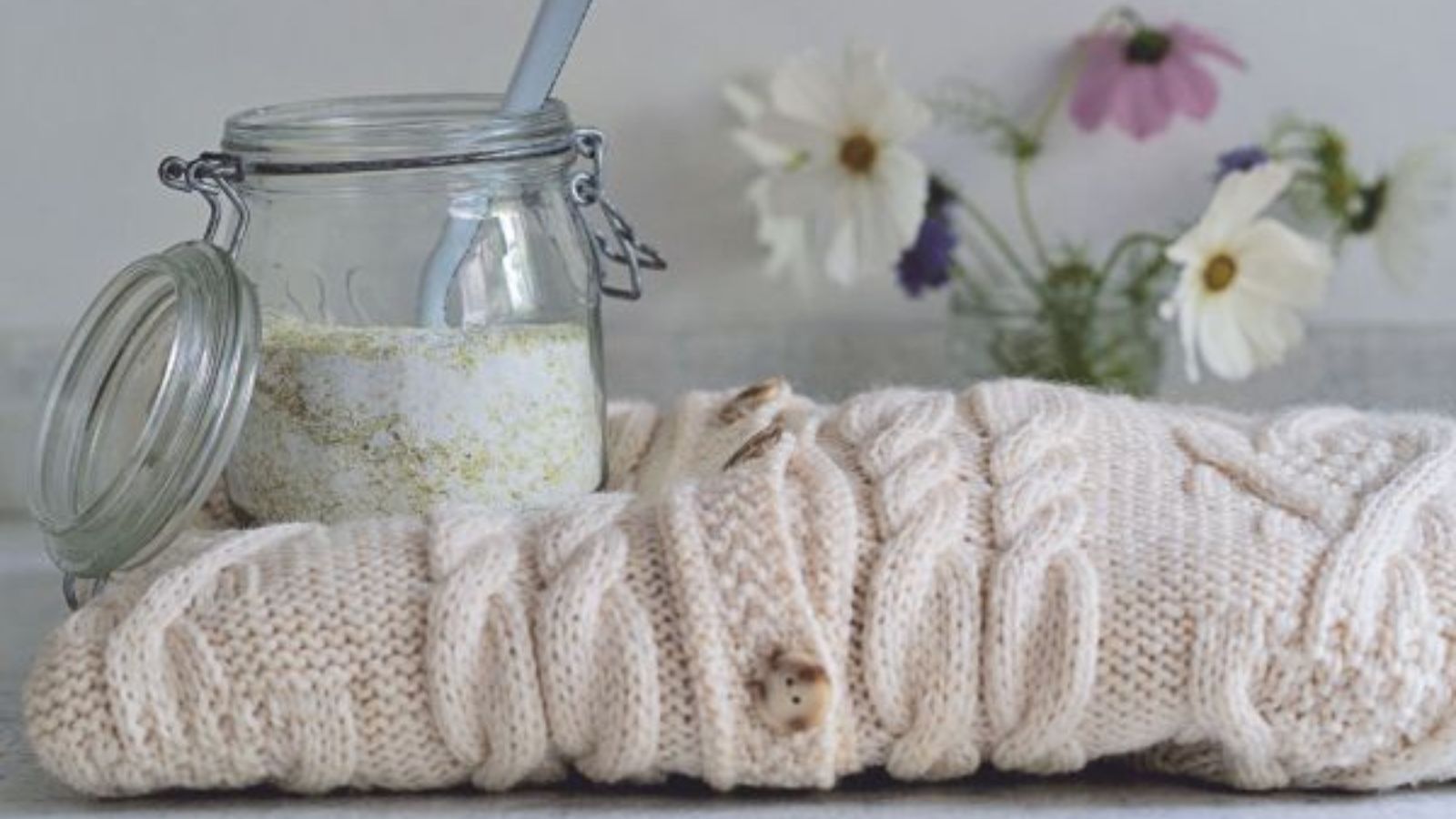

I know I am not alone in admitting that doing the laundry is one of my least favorite home chores – but it has to be done. Because I never cared for the task, however, I fell victim to the lazy approach of throwing my clothes in the washing machine with some detergent and simply hoping for the best. It wasn't until recently that I found out just how much damage this was doing to my clothes and linens.
When my grandmother caught me doing this when I was staying with her, she had to step in with her laundry tips and tricks – and I am glad that she did! While before my clothes and sheets were creased, faded and nowhere near as soft as they used to be, they are now luxuriously soft, my colors stay vibrant and, even better, I don't need to iron as frequently.
This is what my grandma told me that keeps my laundry looking better for longer.
1. 'Using the right temperature really does matter'
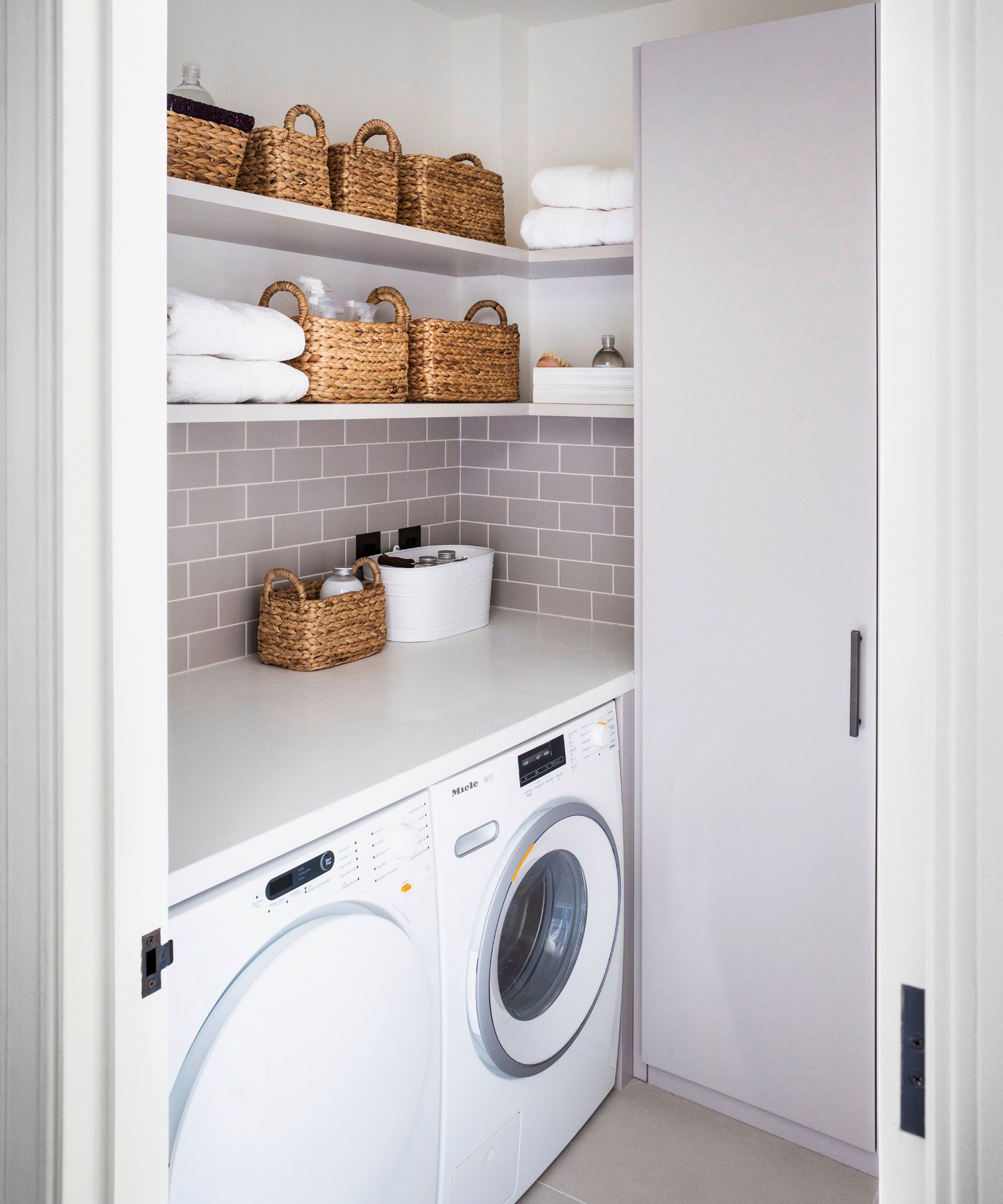
I had a bad habit of ignoring laundry symbols and dismissing them as a nuisance, making my job harder. While this laundry tip isn't original, my grandmother was adamant that washing my clothes at the wrong temperature every time was one of the biggest causes of my faded, less-than-ideal clothing.
'Washing your laundry at the right temperature for each load is a must,' she told me after learning that I tend to pop everything in together on a mid-temperature wash.
My white clothing used to fade so quickly before; however washing them in hotter water now helps to keep them bright rather than yellow or gray. My cold washes are now dedicated to my darker items and more sensitive pieces and my mid-temperature washes are used more generally for lightly used pieces.
I also never knew before my grandma stepped in that hot washes should be used mainly for washing towels to help soften towels and keep them soft for longer. It certainly explains why my bath linens always seemed to harden sooner than they should.
Although I am still guilty of not paying attention to every symbol on a label, I certainly listen to the temperature suggestions now.
2. 'Turn your clothes inside out'
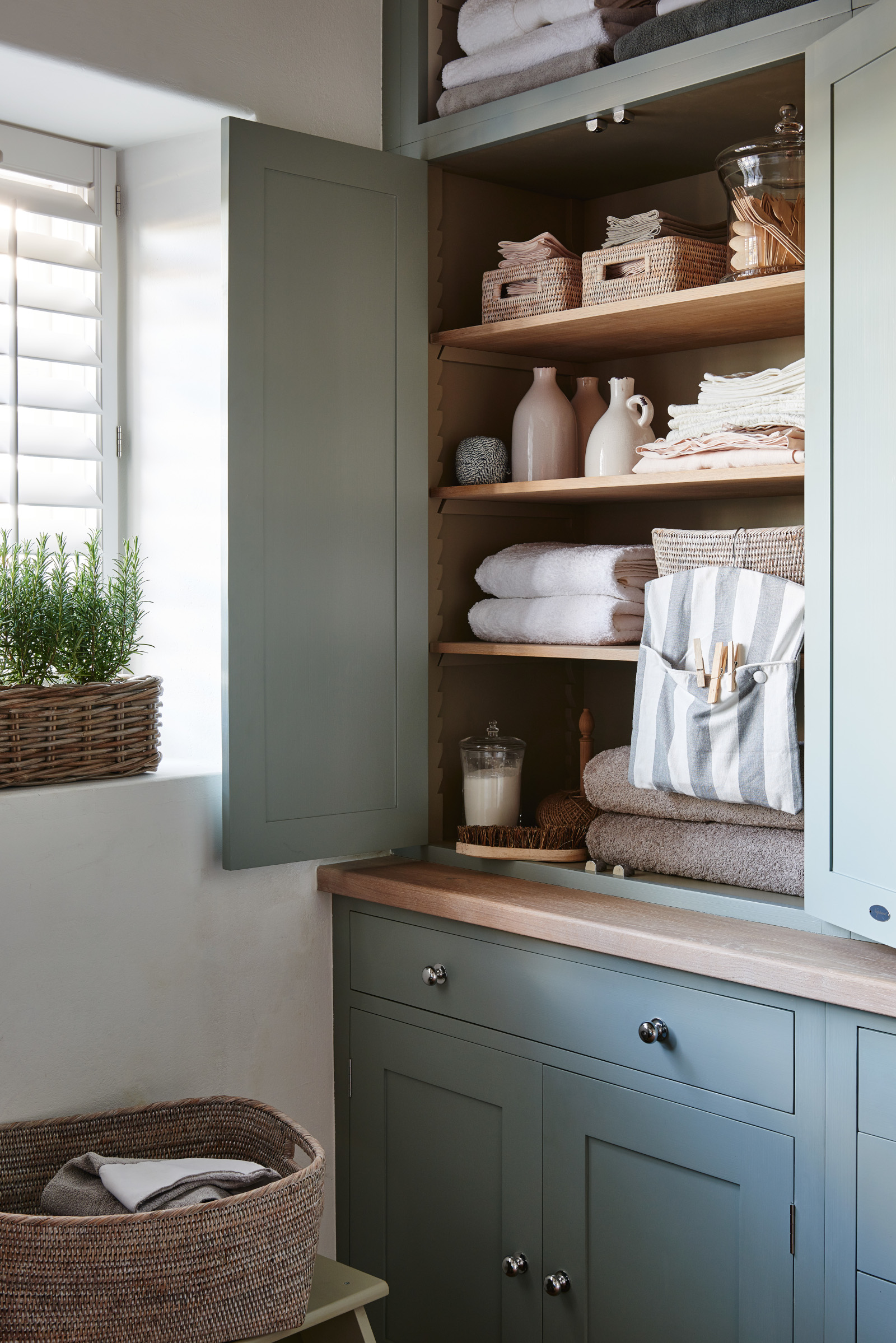
I used to be a stickler for making sure that laundry was turned the right way around to make putting them away quicker until my grandmother taught me the benefits of washing clothing inside out.
'You wear your clothes against your body, why predominantly wash the outside of the garment when it is the inside that is most heavily soiled?' This was one of many laundry tips I didn't even know I needed to learn.
Putting clothes in the washing machine the right way around exposes the outer sides of the item to the soap and water first and, unless I have spilled something down my clothing, it is the inside that has sweat stains or light soiling. It makes so much more sense to wash them inside out!
My grandmother also always washed dark clothing inside out regardless. When I asked her why she bothers with this extra step, she explained that it helps prevent the color from fading by protecting the item from abrasion against other laundry items.
While turning everything inside out and back again once they are dry makes the task last a little bit longer, my clothes now have a longer life span so the payoff is worth it. I find that organizing a laundry room effectively and having plenty of space on my laundry room countertop ideas means that I have adequate space for organizing my clothes and folding them afterward.
3. 'Too much softener can be a bad thing'
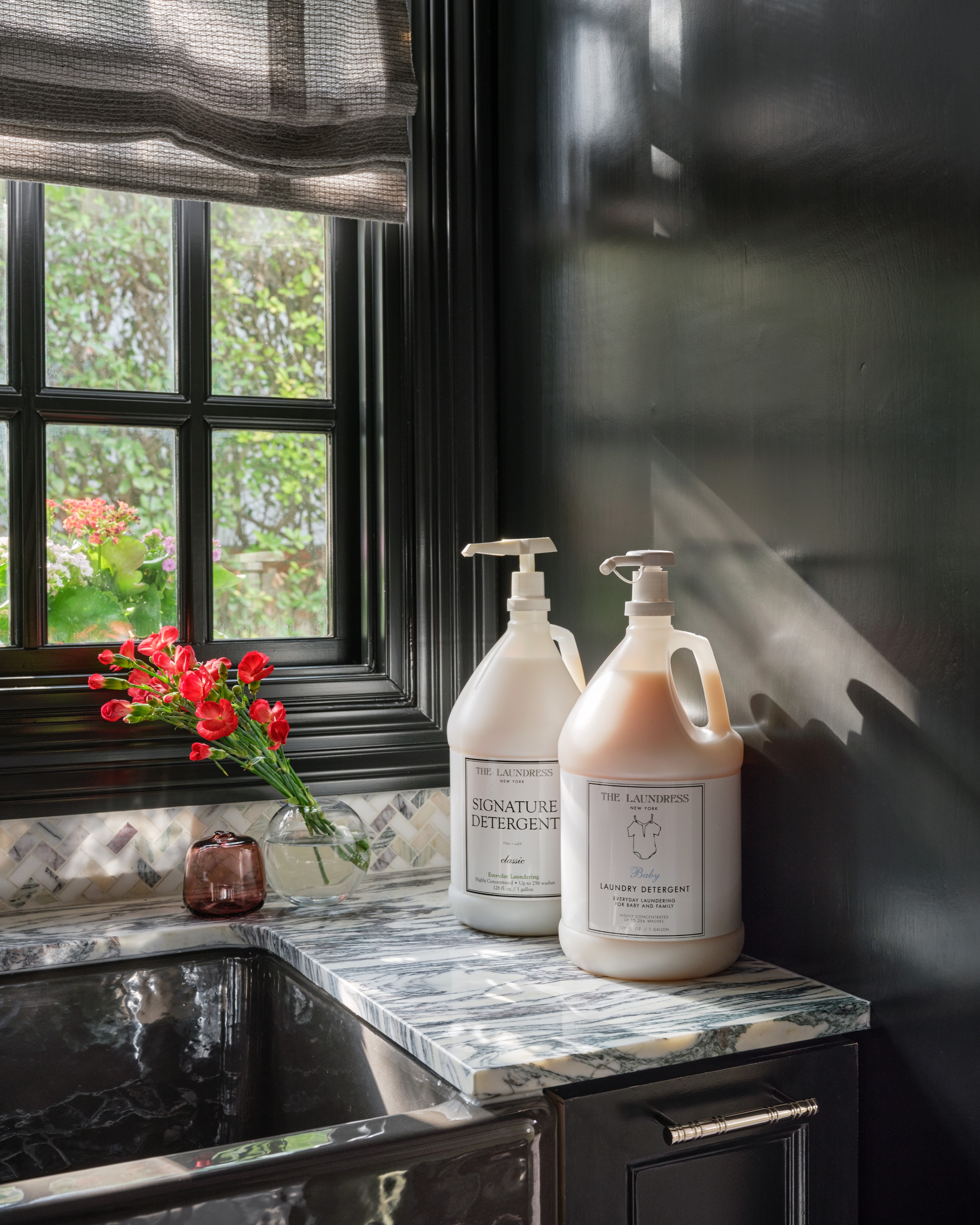
When I was dealing with stiff or scratchy clothes and linens, I thought that adding more and more laundry detergent or softener was the best way to solve the problem. After all, 'softener' suggests it would easily reverse the stiffening of fabric. Once again my grandmother's laundry tips proved me wrong.
'Your linens and clothes are stiff because you are using the wrong temperatures,' my grandmother told me, 'adding all this softener is only causing a horrid build-up that is ruining your laundry!'
Overdosing on detergent and softener was having the opposite effect on my clothes and exasperating my problem after all. My obsessive amounts of detergent were not only costing me more money but actually trapping dirt in my clothes and coating my washing machine in a waxy layer. 'Don't always listen to the bottle, use half the amount of detergent as the bottle says and work up from there, seeing how much works for you,' my grandma said.
You can even learn how to make laundry detergent yourself if you want to try a more eco-friendly alternative that may not cause as much damage to your machine or your clothes.
4. 'Sorting by lights and darks is not the only way of doing laundry'
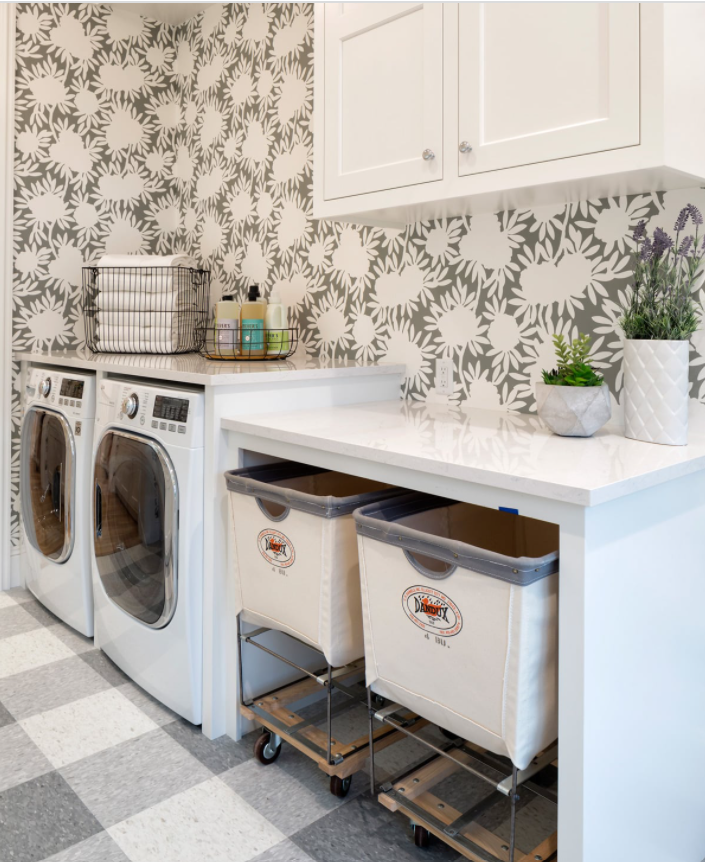
Now, this piece of advice I found a little controversial, but my grandma swears by it for the perfect wash. 'Obviously don't put in a black jumper with your bright whites and delicates, but sorting semi-like colors by how much you have worn them will lead to a more effective wash than putting all your black clothing and all your colored clothing in different washes,' she said.
While I frequently had to ask 'can you wash clothes with towels?' I never thought to ask if I should be washing less dirty items separately from more dirty items.
Within reason, I started to combine similar shades together but organized by laundry piles with heavily soiled pieces such as my gym clothes and things that had stains and lightly soiled such as my everyday clothes that had been worn a few times and needed a freshening up. It allowed me to run different types of washes based on the laundry need and made all of my clothes look and feel much nicer.
To accommodate this, I rearranged my laundry room storage ideas to give me space to divide my clothing properly which saved me time when it came to putting it all in the machine.
5. 'Air drying your laundry is often better than using a dryer'

Tumble dryers are certainly very convenient, so I never stopped to question whether or not they were as good for my clothes as they were for my time. My grandmother obviously had the answer: 'Obviously use your dryer when you need it,' she told me, 'but I find that allowing clothing to air dry keeps them fresher, makes your laundry room smell amazing, and keeps your linens looking better for longer.'
Without a tumble dryer temperature guide, it is easy to dry laundry on the wrong setting often shortening the lifespan of clothes and linens, or worse, shrinking items. Air-drying linens in my open laundry room cabinet ideas took a little longer but took away my stress and saved me money. Hanging my bed sheets outside left them with a much fresher scent and helped to blow out wrinkles too, leaving me with less ironing which is always a bonus.
How many times do you wear clothes before washing?
The amount of times you wear your clothes before washing them can depend on the item and the activities you took part in wearing them. Gym clothes, for example, should be washed every use whereas everyday blouses and shirts should be washed every one to two wears and trousers every two to three wears.
Should I wash clothes inside out?
Often, unless you have spilled soemthing down your clothing, it is the inside of the garment that needs washing. For this reason you may want to wash your clothing inside out so that these areas come into contact with the soap and water first.
Sign up to the Homes & Gardens newsletter
Design expertise in your inbox – from inspiring decorating ideas and beautiful celebrity homes to practical gardening advice and shopping round-ups.

Chiana has been at Homes & Gardens for two years and is our resident 'queen' of non-toxic living. She spends most of her time producing content for the Solved section of the website, helping readers get the most out of their homes through clever decluttering, cleaning, and tidying tips. She was named one of Fixr's top home improvement journalists in 2024.
-
 How to fertilize magnolias – garden experts reveal the secrets to better blooming, and timing is critical
How to fertilize magnolias – garden experts reveal the secrets to better blooming, and timing is criticalMagnolias are famed for their spring flowers, and feeding at the right time can give trees a boost
By Thomas Rutter Published
-
 Sarah Jessica Parker's spring tablescape epitomizes lived-in luxury with art deco candle holders and a statement tablecloth – it's easy (and affordable) to recreate
Sarah Jessica Parker's spring tablescape epitomizes lived-in luxury with art deco candle holders and a statement tablecloth – it's easy (and affordable) to recreateKick off the season right with a warm table that invites guests into your home by emulating Sarah Jessica Parker's luxe and cozy scheme
By Sophie Edwards Published